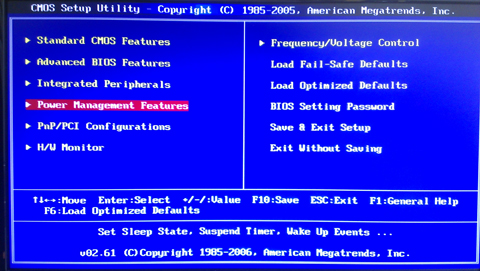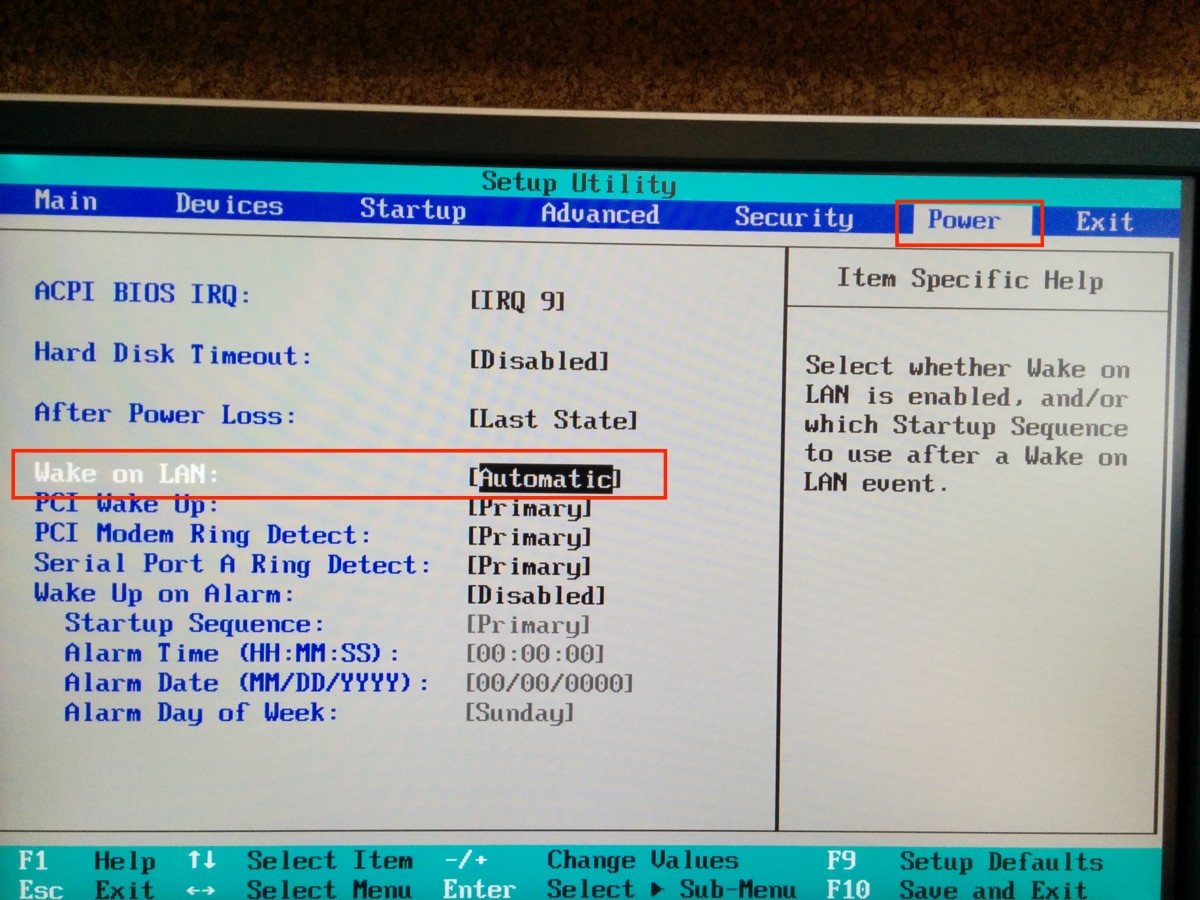

#Neorouter wake on lan mac
Support Windows, Mac OSX, FreeBSD, Android, Linux (all major distros) and router firmwares (tomato and openwrt). Our mission is to provide low-cost zero-configuration networking solutions for small businesses and homes. But small business or home users do not have the right tools that fit their needs. To solve similar problems at large enterprises, skilled administrators can deploy very expensive and complex tools like VPN, domain controller and corporate firewall. Many small businesses or homes have high-speed internet and multiple computers, and users are facing challenges like remote access, directory management and network security.

It gracefully integrates Remote Access, File Sharing, Virtual Private Network, User and Access Management. It helps you manage and connect to all your computers from anywhere. NeoRouter is the ideal Remote Access and VPN solution for small businesses and home. You can ping the device with the run shell action.Jump to: navigation, search Product Overview My criticism of the Wake On LAN – Tasker Plugin would be the lack of support for multiple groups from Tasker (you can call in groups by chaining tasks as an alternative) also, having the access to the online status of the device would be great. The application is well designed and will save you a lot of time. Allows more secure WOL routine.Īll the options can be exported/imported which makes it easier to back up and share with other devices.
#Neorouter wake on lan password
SecureOn PasswordĪ password for the WOL wakeup call. Device IDĪn arbitrary ID to recognise the devices. (overrides the ports specified in the settings. Used with the option above – allows sending a ping to determine the target device is online. This will be usually the local IP and will be used to check the online status of the device. Unless using from outside of your local network, you are fine leaving it at the default values. The default ports for WOL are 7 -9 but you can assign a port manually. Note that port forwarding is needed if you are trying to WOL from outside of your network. You can choose one of the methods to find your target device on the network. The DNS, internal/external IP or a broadcast address of the target device. Only the device with a matching MAC will be booted up. When used, you can get away without knowing your device’s internal IP and simply broadcast the packet to all devices. The address of the device (or your network card) often used to send a magic packet. To select a default Tasker group – check the settings of the app. Something that can be handy if you want to boot all the devices in the same location or the same type of devices. You can call your device anything you want and add a colour to it. Otherwise, you can add the device to the list manually. An excellent idea since typing out the MAC addresses manually is a pain.

A scan should show you all the hostnames and you can pick the device to add from the list. If your device is on the same as your network, you can simply search for it. Once the device is configured, you can simply add it to your Tasker profile. The app has pretty much everything that you would need in the WOL situation. Since there isn’t anything else to configure in Tasker, let’s take a look at the Wake On LAN – Tasker Plugin options. If you need some help configuring your wake on LAN services I have the tutorial just for you. You can wake up a previously configured device or a group of devices. The Tasker usage is pretty simplistic, and there isn’t much to it. The application works as a standalone app, or as the Tasker plugin. It requires the sleeping device to be connected to the internet via LAN or a WIFI card that supports WOL. If you never came across this before WOL or Wake On LAN allows you to wake up a device from a sleep, over the internet.


 0 kommentar(er)
0 kommentar(er)
